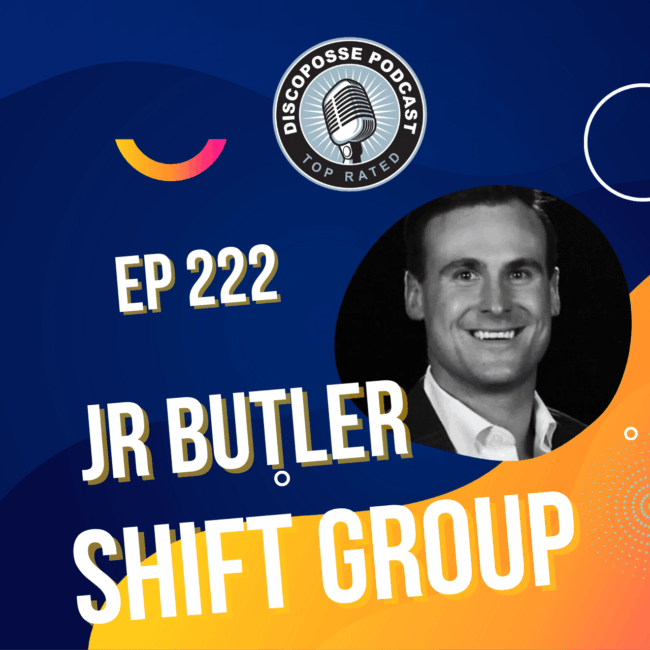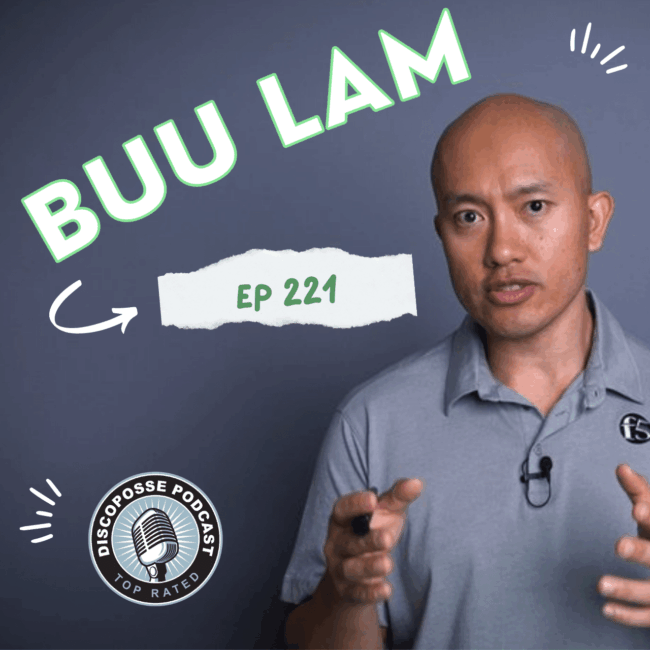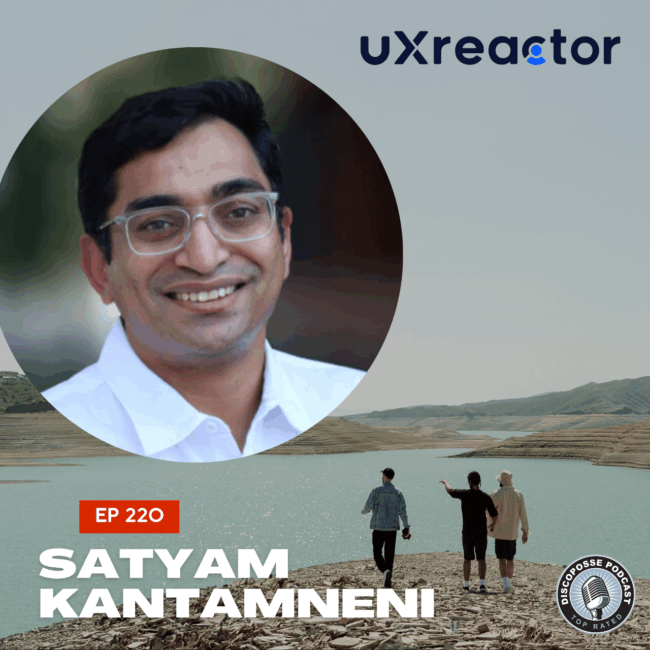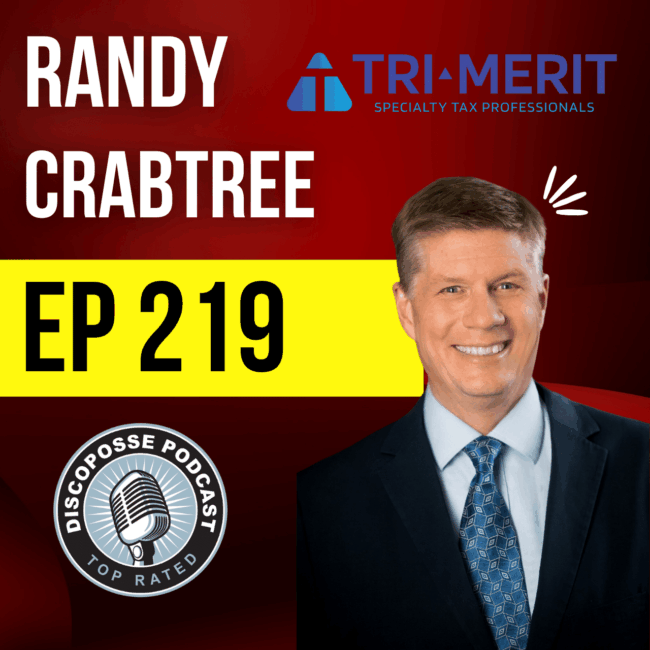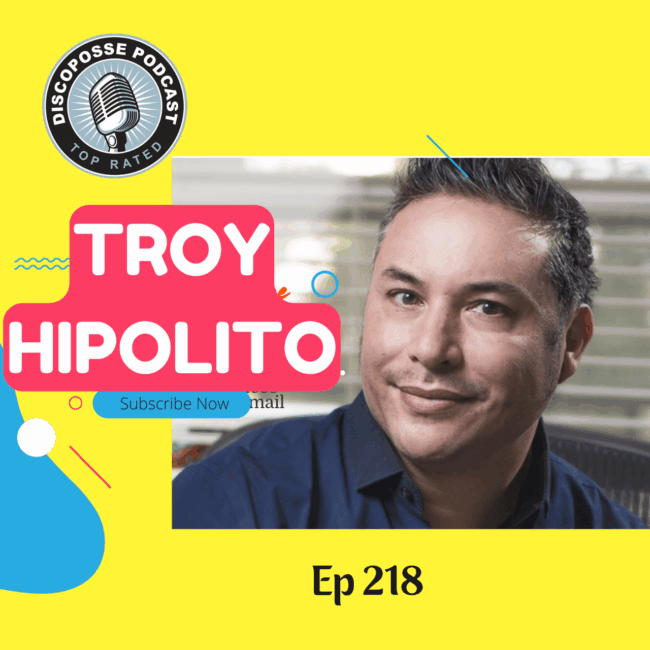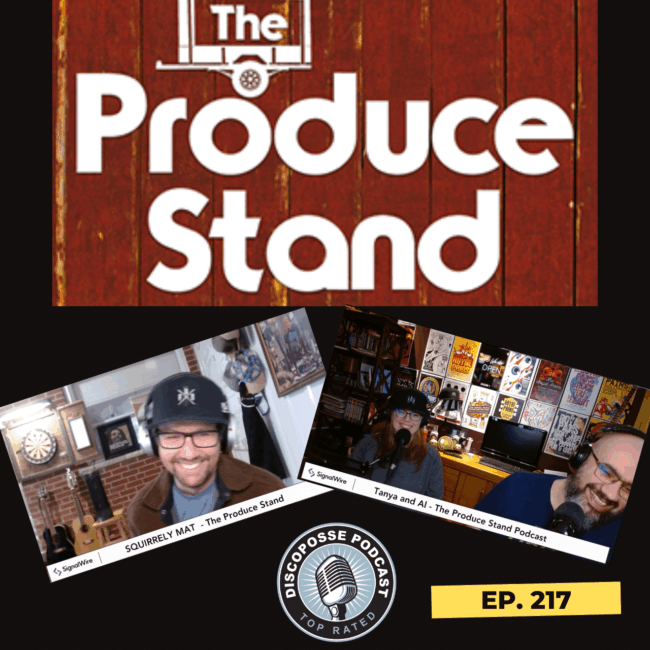Ep 225 Danny Allan on Why Ransomware IS a Disaster, and VeeamON 2022 News
Danny Allan is the CTO at Veeam Software and shares updates and news that we will see happening at VeeamON in Las Vegas May 16-19. On top of that, we cover why system-level protection is a fundamental need, plus some great discussion on why data protection for containerized apps is the new normal. Check out…




